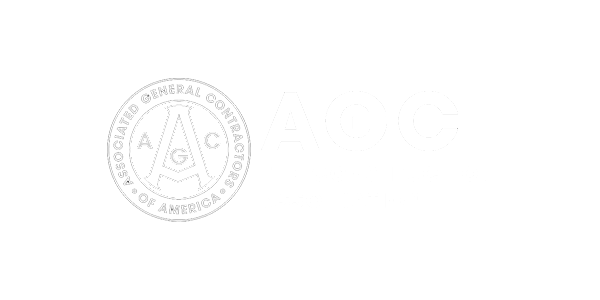General contractors are constantly seeking to streamline operations and minimize costs. However, managing lien waivers presents a significant challenge due to its nuanced nature and potential liability implications. In this article tailored for general contractors, we’ll explore the disparities between unconditional and conditional lien waivers, empowering you to optimize operations effectively. Whether you’re a seasoned pro or just starting out, understanding these differences is crucial for efficient management and successful project execution.
Using an Unconditional Lien Waiver
An unconditional lien waiver is typically used when a contractor or subcontractor wants to waive their right to place a lien on a property in exchange for timely and full payment for their services or materials. This is usually done once the payment for the work has been received.
The unconditional lien waiver assures the property owner that all parties involved in the project have been paid and have no further claims or legal interests in the property. It is important to note that an unconditional lien waiver is final and cannot be revoked, so it should only be used when there is complete confidence in receiving payment.
Using a Conditional Lien Waiver
A conditional lien waiver is typically used when a contractor or subcontractor wants to waive their right to file a mechanics lien in exchange for payment, but only if the payment is actually received.
Here are some situations when a conditional lien waiver might be used:
- Progress Payments: When a contractor or subcontractor receives partial payments throughout a project, they may provide a conditional lien waiver for assumption each payment is received. This ensures that they will not file a lien for that specific payment, but if the payment is not received, they can still pursue their lien rights.
- Final Payment: When a project is completed, a conditional lien waiver can be used to waive the right to file a mechanics lien in exchange for the final payment. However, if the final payment is not made or is incomplete, the contractor or subcontractor still retains the right to file a lien.
- Disputed or Delayed Payments: If there are disputes or delays in payment, a conditional lien waiver can be used to protect the contractor or subcontractor’s interests while still allowing them to move forward with the project. They can waive the right to file a lien once the payment is received, but if the payment is not made or is delayed beyond a certain period, they can still pursue their lien rights.
It’s important to note that the laws regarding conditional lien waivers can vary by state, so it’s always a good idea to consult with a legal professional or review local lien laws to ensure compliance.
Best Practices for Managing Conditional & Unconditional Lien Waivers
When managing lien waivers, it’s important to follow best practices to ensure proper tracking and documentation. Some best practices for lien waiver management include:
- Curating and maintaining a list of stakeholders involved in the project.
- Using a tool that can track multiple layers of stakeholders.
- Requesting preliminary notices and always asking for them.
- Following best practices when requesting waivers from subcontractors and vendors.
- Conducting thorough job and stakeholder research early in the process.
- Creating a consistent and easily understandable lien waiver tracking process.
By following these best practices, it’s possible to streamline the lien waiver management process and ensure that all necessary documentation is in place.
How to simplify and automate lien waivers
Knowing the best practices of lien waiver management is challenging itself, but how can a general contractor simplify this process for their subcontractors and themselves? This is where automated software such as GCPay comes in. With GCPay, a general contractor and subcontractor have an intermediary solution that makes it simple to create, sign, and exchange waivers with both parties aware of the status or progress of each waiver. Transparency and record keeping are key best practices and GCPay makes those tasks easy to achieve. GCPay allows for easy setup of standard or custom lien waivers. With custom workflows, a pay app can only be submitted by a subcontractor if the appropriate waiver is attached. This saves general contractors time and effort with communicating to each subcontractor, on every project. Subcontractors enjoy the transparency and can trust knowing signed waivers and payments are exchanged together so even an unconditional waiver doesn’t pose a risk of non-payment for services rendered. GCPay allows all the best practices to be achieved with one simple, easy-to-use tool.
Take a look at just how GCPay accomplishes simple, automated lien waiver management.








